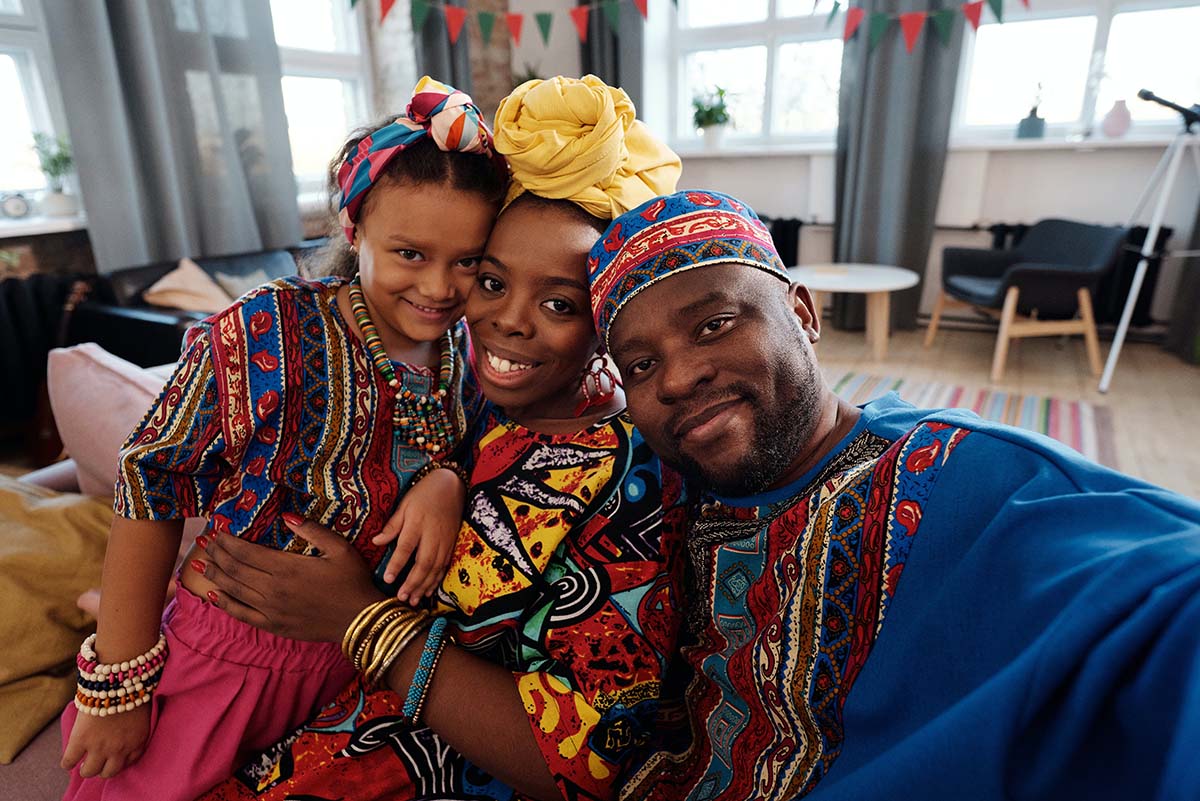
Time to celebrate the holidays and get ready for a new year! The holiday season is in full effect, and this December Spark Math brings you the biggest holiday math facts. Spark Math by Spark Education continues our series, “This Month in Math History December”. Here are some great math facts about the most popular holidays this season, this is the history of math for December!
The Holiday Season By the numbers!
Some of the biggest holidays are celebrated around the world in December. Which gives us the gift of tons of math facts to learn for the holiday season. Here are some math facts about Christmas, Hanukkah, Kwanzaa, and New Years Eve!

Christmas by the numbers!
December 25th, or Christmas, is a holiday that is largely associated with Christianity and the birth of Jesus Christ. In fact, the word “Christmas” comes from “Cristes Maesse,” an early English phrase that means “Mass of Christ. That said, the origin of Christmas can be traced before Christianity when the date was celebrated for longer days and more suns at the end of December. The holiday, however, has also become a cultural holiday. It is filled with decorations, Christmas trees, presents( both delivered by Santa and from family), food, and so much more. Here are some fun math facts about Christmas and Christmas Eve!
- The biggest Christmas Tree ever was at a mall in Seattle, Washington and was 221 feet tall.
- 1.6 Billion Christmas cards are bought every year
- The Grinch might not like Christmas but people love watching him! The 2018 Grinch movie made $512,858,819 dollars world wide and is the Christmas Movie box office champion!
- 90% of all candy canes made are bought between thanksgiving and Christmas
- Santa Claus would need to travel at 650 miles per second to drop off all his gifts (Thankfully he’s magic!)

Hanukkah by the Numbers
Hanukkah, also known as the Festival of Lights, celebrates the Maccabees’ victory to regain the ancient temple in Jerusalem while under Greek rule. They lit the temple Menorah, but only found enough oil for it to burn for one day. That small amount of oil ended up lasting 8 nights and in honor of that, Hanukkah is celebrated for 8 nights. Here are some fun math facts about Hanukkah
- A menorah holds 9 candles, One is lit to start the holiday, and a different one is lit every night during Hanukkah until all are lit.
- While Hanukkah is usually in December, the Hebrew calendar is Lunar, so the dates change every year.
- Sometimes Hanukkah and Thanksgiving overlap, the next time will be in the year 2070
- The world’s largest menorah is located in NYC, and stands at 32 feet tall (the limit for how big a menorah can be).
- A dreidel is a a four sided spinning top and part of a great game played during Hanukkah. This game uses math and traditionally has chocolate coins as a prize.

Kwanzaa by the Numbers
Maulana Karenga, a professor of black studies at California State University – Long Beach, created Kwanzaa as a way of uniting and empowering the African American community during the civil rights movement. It was created to be a social holiday to celebrate African culture and its influences on American Culture. It is celebrated between December 26 and January 1st. Here are some fun math facts about Kwanzaa.
- The name Kwanzaa comes from the Swahili phrase, “matunda ya kwanzaa,” which means “First fruits”. However at the first celebration 7 children showed up to hold the letters of the celebration’s name. The extra A was added so that no child was left out.
- The Number 7 is important to the tradition.
- Kwanzaa celebrates 7 principles (unity, self-determination, collective work / responsibility, cooperative economics, purpose, creativity, and faith.
- There are 7 Symbols for Kwanzaa (crops, mat, candleholder, corn, unity cup, gifts, and seven candles). The symbols are usually presented on a table with the gifts presented being home made, to show off personal skills and talents.
- The 7 Candles are broken down into 3 green, representing struggle, 3 red, representing land and hope for the future, and 1 black representing African ancestry.

New Year’s Eve by the Numbers
While not officially a holiday, New Year’s Eve is one of the busiest and most exciting days of the year. With different traditions all around the world, New Year’s Eve has lots traditions people love. Here are some fun New Years Eve math facts.
- New Year’s Eve can get Messy! 50 tons of trash are left Times Square alone.
- Can you stick to your new years resolution? Over 80% of people forget all about it by February.
- A Spanish tradition is to try and eat 12 grapes in the first 12 seconds of the new year for good luck.
- The island nation of Kiribati is the first location to ring in the new year each year.
- The last countdown to new year is technically in the U.S. territories of Baker Island and Howland Island, but both are uninhabited, so the last celebrations to bring in the new year are in America Samoa!
Learning never ends with Spark!
December might be the end of the year but it can be the beginning of a new educational journey with Spark Math by Spark Education. Spark Math is an education program perfect for helping kids use the skills they learned all year in fun and engaging ways. Available for students from Pre-K to 6th grade, Spark Math’s online program features online classes, gamified lessons, and an experienced teacher instructing in real-time. Try it for yourself by signing up to try a free demo class today!





